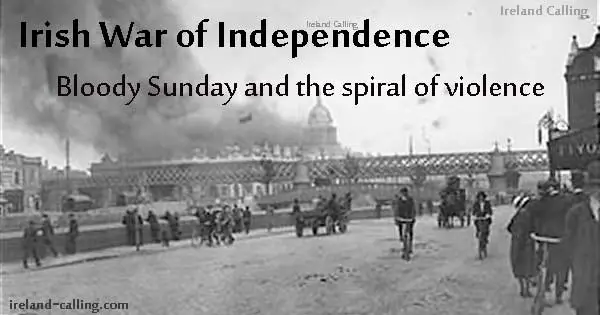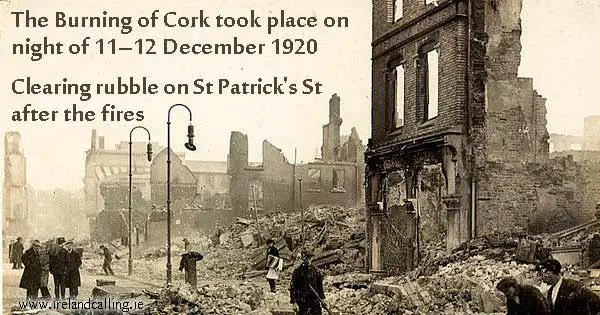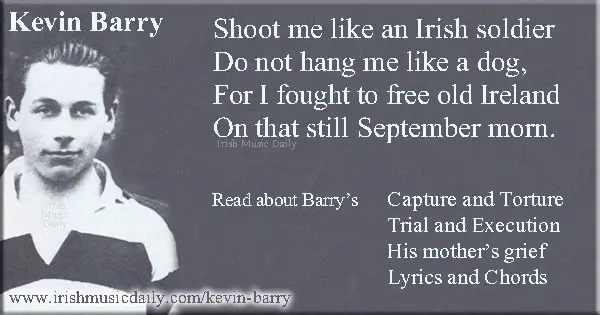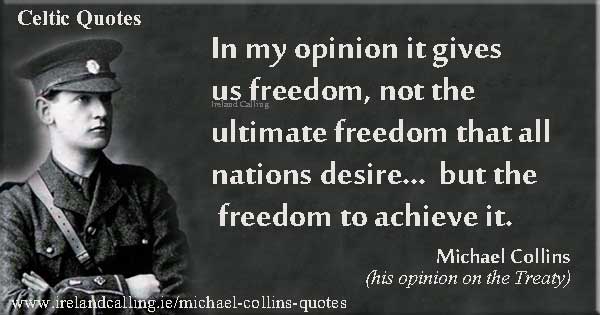Michael Collins knew that the Cairo Gang were a threat to him during the Irish War of Independence.
He arranged for his squad to assassinate 35 members of the Cairo Gang on the morning of 21st November 1920. Fourteen of the killings were completed successfully.

In response, the RIC and Black and Tans opened fire on the crowd of a Gaelic football match at Croke Park, killing 14 people. Three suspected IRA members were then tortured and killed at Dublin Castle that evening.
All three attacks happened on the same day and the event became known as Bloody Sunday.war-of-independence-top.htmlIt was seen as a major victory for the IRA in the War of Independence despite the casualties to their own men and innocent civilians. Several of the Cairo Gang had been killed, which severely weakened the British intelligence in Ireland.
Violence escalated from both sides
A week later, all but one of a group of 18 members of the Black and Tans were killed in Cork. All counties in the province of Munster were put under martial law – meaning anyone out after a curfew was suspected of paramilitary activity and questioned.
The Black and Tans looted and set fire to Cork in December 1920, and opened fire at the firefighters when they tried to control the blaze.

In the period from January 1921 to July 1921, more than 1,000 people were killed in the War of Independence. These included IRA volunteers, members of the British Army, RIC and Black and Tans and Irish civilians.
The British authorities court martialled and executed ten members of the IRA, a group that became known as the Forgotten Ten. The first of these to be executed was 18-year-old Kevin Barry who had been involved in an attack on RIC forces.

IRA and Britain formed an uneasy truce
By the summer of 1921, both sides wanted to bring the war to an end. The IRA was struggling to compete with the resources of the British, and the British were embarrassed by some of the conduct of their representatives, most notably the Black and Tans.
An uneasy truce was agreed between the two parties on 11th July 1921. The war was ended but the issues were still not resolved. Towards the end of 1921, members of Sínn Féin began negotiating the Anglo-Irish Treaty. Michael Collins travelled to London to discuss the terms.
He signed the Treaty in December, granting Ireland independence as a Free State but with a sworn allegiance to the British Crown, so not independence as a republic.

This was still not acceptable to many members of the IRA, and a split formed between the ‘Free Staters’ and the anti-Treaty IRA. The two factions spent the next couple of years fighting against each other in what became known as the Irish Civil War.
war-of-independence.html
